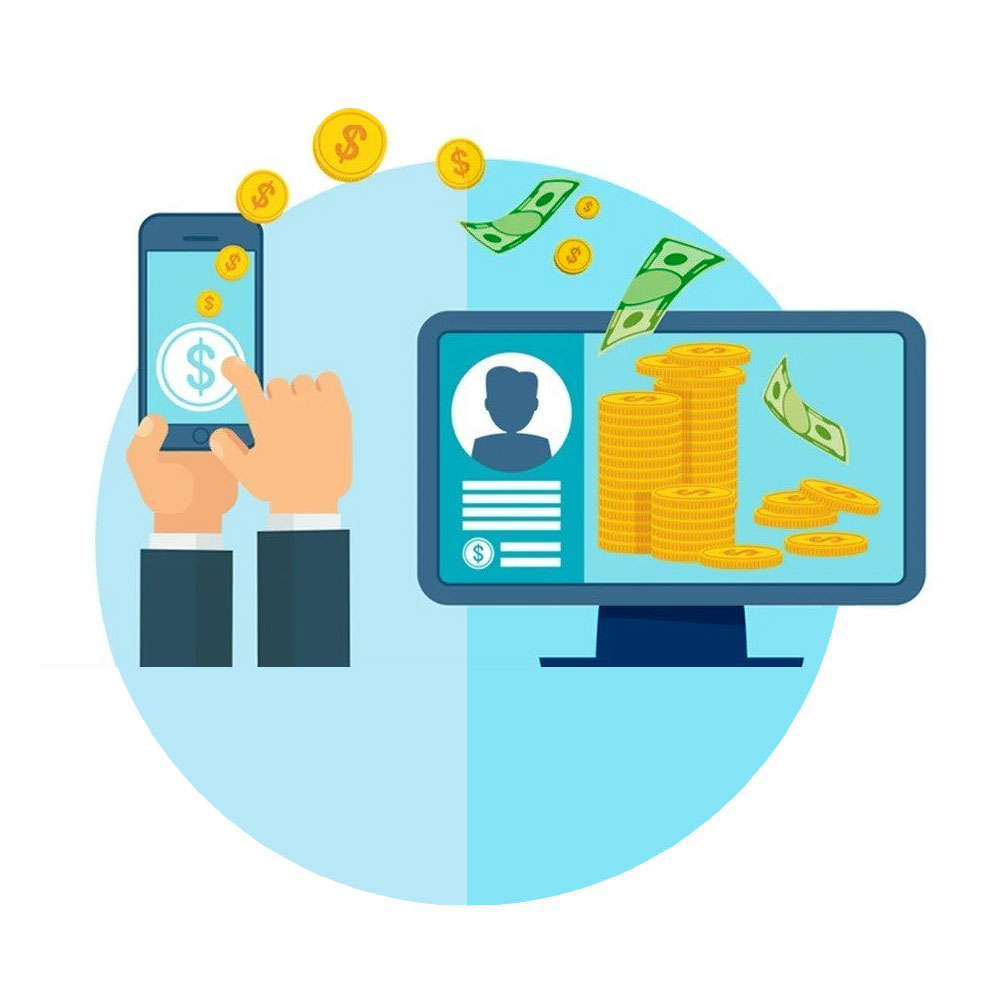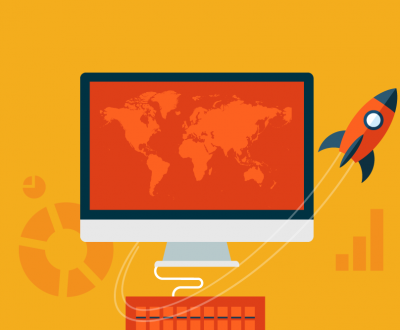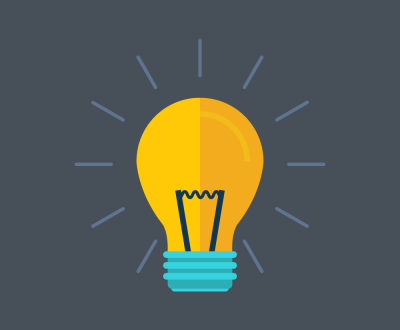
If you have a website, it’s time to turn it into a source of passive income.
In this article, we’ll talk about what it means to monetise a website and the simple ways you can make a website earn money.
What is website monetization
Monetizing a website is a way to make money through the activity of its visitors. Typically, we are talking about the placement of banner ads or any other advertising.
The success of monetization of the site depends on the traffic. The more of them, the higher the potential income that can be generated.
Before engaging in monetisation, it is important to understand that it is not instant money. The process takes time, and its success depends largely on choosing the right monetisation method.
What sites can be monetized?
A variety of sites and blogs can be suitable for monetization, with the exception of outright illegitimate sites. These can be originally commercial sites (online shops, for example). Nothing prevents their owners from receiving additional revenue from advertising.
What sites may be monetized?
- Commercial sites: online-shops, learning platforms, streaming services, etc.
- Information and entertainment resources, blogs.
Single-page affiliate links, sites with 30 or less pages of unique content and less than 1,000 visitors per day, are not suitable for bringing in the money – these are the rules set by the largest global advertising platform Google AdSense.
However, other ad networks may have very different requirements. We’ll talk about them in more detail below.
How to prepare a site for monetization
Monetization is a story about first investing in a project and then starting to make a profit.
If you actively work on several fronts from the launch, the site will be easier to monetise in the future.
We have already mentioned that you need traffic to succeed. So what do you do to get it?
- Post useful content on the site that will attract a loyal audience.
- Cultivate your own brand and build credibility.
- The website search engines optimisation SEO to increase its visibility.
- Attract visitors to the site from social media, advertising and collaborating with popular resources.
- Link to your site in affiliate articles, participate in listings, give interviews to third-party resources.
When to start monetizing a website?
There are different options for monetising a website. If it comes to placing banner ads, you should focus on traffic. It is good if it will reach several thousand visits a day.
If we’re talking about a professional blog, it’s more important to get a loyal audience that periodically returns to the site. It doesn’t matter if it has reached the cherished 2,000-3,000 visits a day. You can try monetisation through affiliate programmes close to the subject of the blog or by placing sponsorship material.
Some advertising networks, have no limit on traffic to the site to support budding publishers.
Instructions on how to monetise a website
- Selling advertising space on the site
- Place contextual advertising
- Banner advertising through various advertising networks
- Affiliate programs
- Paid materials
- Donation collection
- Email marketing
- Closed sites/blogs with subscriptions
- Selling your own courses/books/consultancy
The easiest way to make money from your site is to place advertising banners. The process can be arranged by yourself or through advertising networks.
It is not difficult to sell advertising space to advertisers, but the method requires certain skills and abilities. You will need to allocate space for a banner, find advertisers and take care of its placement.
You can set up the display of banners through advertising networks. They have already found advertisers and prepared banners. The nets are ready to do everything necessary to get you started making a profit, after a minimum of movement.
1. Selling advertising space on a website
If you have a large website with stable traffic over 1,000-2,000 visits a day, you will easily be able to find an advertiser on your own.
To do this, you can make a separate page on your site and put a link to it in the “basement” – many large resources place it there.
On the page itself you can describe your terms of cooperation:
- Technical and marketing requirements for the banner,
- Banner location;
- Banner production;
- Payment terms and timing of placement.
A lot of worries, but you can decide with whom and on what terms to work. In this case you can receive a fixed payment for placing one banner per month or agree on payment for clicks on it.
2. Placing contextual advertising
The most popular and easiest way to monetise a website is through contextual advertising or PPC.
Contextual advertising is text or banner ads that are matched to words in search engines. For example, a user searched for “hairdresser”, then sees an advertisement for that topic.
This advertising is good for the owner of the site, because he almost does not need to do anything to get the profits. It is enough to register with the provider and add a small piece of code to the site.
When the user clicks on the banner, the website owner will receive a payment. The cost per click on the ad depends on the niche: more popular ads will bring in more rare requests.
The downside of such advertising is the strict restrictions on site content and other rules that need to be adhered to so that the ad office is not blocked.
3. the use of banner advertising networks
Advertising in banner networks is little different from the banners of contextual advertising. It looks identical and can be graphic or in video format. There is no only textual options. However, banner advertising can bring in money no less than in Google AdSense or Yandex.
In banner ad networks, the rules are more loyal. There will be no restrictions on the theme of the site or the size of the audience, as in the previous option.
In addition, you can choose exactly where and what format of advertising to show, to disable advertising inappropriate topics.
The networks collaborate with website owners on a Cost per Click CPC or Cost per Mille (CPM) model. (payment per 1000 impressions)
Typically, ad networks help calculate potential revenue based on your visits to the site.
4. Affiliate programmes
Affiliate marketing is advertising a particular brand’s products on your website. Collaboration takes place through affiliate programmes. They allow you to get a percentage of sales of someone else’s product or service.
Products and services can be promoted through reviews on the website or by including an ad-advice in a video. You can use a banner that leads to the partner’s website – there are no restrictions.
The main thing is to choose an affiliate program that suits the audience of the site. The choice is really wide: from antiviruses to affiliate programs from children’s goods shops or from giants like Amazon. Just type “affiliate programmes” into the search engine and you will see all their variety.
After joining an affiliate programme, the affiliate receives a personal link or promo code, which helps the system to identify exactly those customers who have come from it.
5. Paid materials
Paid articles can be of two types: native advertising and sponsored content. Both are non-aggressive to the reader and are articles, interviews or reviews that veilly promote a product.
Such content is usually labelled ‘affiliate or sponsored content’ so that readers know what they are dealing with.
The advantage of sponsored articles is that they are useful to the reader, while at the same time bringing income to the site owner.
A paid article can be written by the customer or created by the site owner, depending on the agreement.
Potential customers can be sought on their own or by contacting special services such as Valued Voice, Sway Network Tomoson, Cooperatize or PayPerPost.
6. Donation collection
Non-commercial websites, free useful resources and blogs can be monetised through donations. If the resource is valuable to users, they can donate a small amount to develop the project.
You won’t make a lot of money this way of monetisation, but you can cover the cost of hosting.
To collect donations is enough to place a button on the site. Make it very easy. You can use free plugins for WordPress (GiveWP, Charitable) or easy-to-install templates from PayPal.
7. email marketing
You can also place a small block on the website where you invite people to sign up for the mailing list. You can use the collected database to do newsletters. And very clever site owners, can sell their mailing list base to others and get extra profits.
In the newsletter itself, next to useful materials or updates, you can place affiliate links or advertising banners. Mailing lists can also be used to sell your products or services.
The key to this method is to balance the usefulness of the newsletter with the advertising component so that people do not unsubscribe from it.
The great thing about this method of monetisation is that it is completely free: users can send their own emails and the newsletters can be created by themselves, while receiving payments from the partners who are mentioned in them.
8. Closed sites/blogs with subscriptions
This method is suitable for resources with valuable information or knowledge. You can offer some content for free and close access to more valuable content.
To monetise a site with paid access, you need to be sure that it is really so valuable to readers that they will be willing to pay.
One example of successful gated content is the affiliate marketing forums. The field is very narrow, with no one rushing to share information until they’ve gathered the cream of the crop from the promotion method they’ve devised. Not surprisingly, interested parties pay to participate in forums where you can reap useful information.
If you are confident that your content is worth paying for, this is the way to monetise your site.
9. Selling your own courses/books/consultancy
During Covid, many people realised that knowledge and competencies sell well online, and you don’t need a classroom to share knowledge. It is possible to make money from online consultations, courses, e-books.
Selling your own products or services is the most obvious way to monetise your personal website or blog.
What is most often offered to buy on a website:
Consultations,
E-books,
Webinars,
Courses,
The products you produce or what you need to make them.
Conclusions
Monetisation takes time and a sensible approach to the choice of method. Nothing but common sense prohibits the owner to use several ways of monetization at once. The main thing is that the site does not look, horribly, decorated with a lot of banners.
To avoid this effect, you need to combine any advertising in the form of banners with ads that are designed differently.
About us and this blog
Our digital agency takes a holistic approach to web development and design, SEO and analytics to ensure your digital content is working hard for your business!
More from our blog
See all postsRecent Posts
- Google’s Cookie Reversal: A Strategic Delay or Necessary Pause? July 24, 2024
- The power of user-generated content May 15, 2023
- The Evolution of User-Generated Content April 6, 2023









